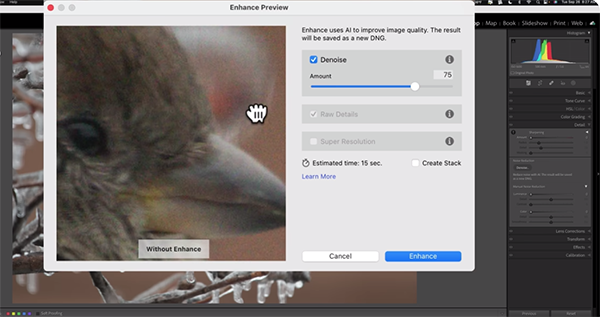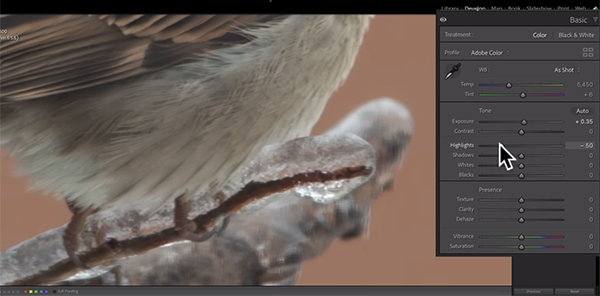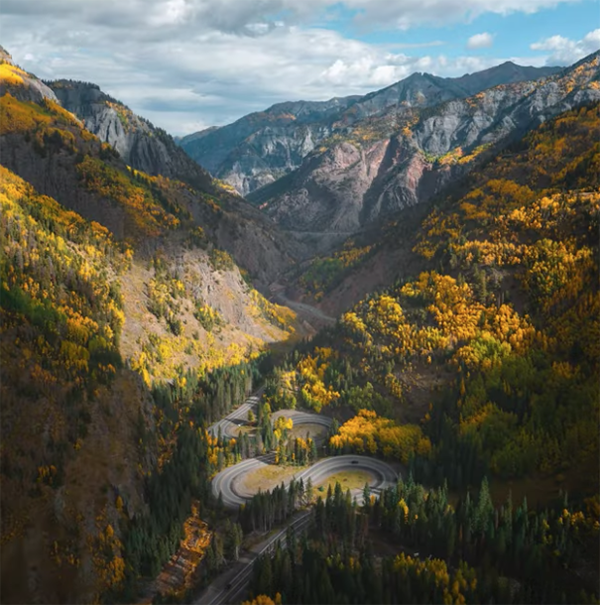Solve the Challenges of Wide-Angle Landscape Photography with These Pro Tips (VIDEO)
The first thing most landscape photographers do when arriving at a location is reach into their bag and pull out a favorite wide-angle lens. That’s because the perspective these lenses provide enables you to capture breathtaking, expansive vistas.
On the other hand, wide-angle lenses come with their own set of challenges if you don’t understand the best way to use them. In the video below you’ll learn several pro tips for making the most of wide-angle glass and doing so in the easiest way possible.
Welsh photographer Ian Worth is passionate about landscape photography, and he’s equally generous about sharing the secrets to his success. In this episode you’ll learn how to shoot better outdoor photos of various subjects when going wide is the name of the game.

Finding balance within the frame is just one of the difficulties with this type of photography and Worth explains his approach to this task. He notes that, “In the past my approach was to look for a grand backdrop and then try to find a complimentary foreground.” But as his techniques evolved he decided that this method can be difficult when it comes to piecing together an image.
Worth’s new method is easier to accomplish and he demonstrates how it works while shooting under dramatic conditions on the wild west coast of Wales. With his camera on a tripod Worth breaks one common rule by placing the horizon in the middle of the frame. But we all know rules are mean to be broken—especially in situations like this with pretty colors peeking through the clouds and beautiful foreground reflections in the water.
Everything changes in the span of just ten minutes as the clouds become even more amazing and Worth is suddenly blessed with spectacular golden light. Worth keeps shooting from the very same spot, while changing his camera settings to make the most of the evolving scene before him. And his next shot is just as compelling, but entirely different, than the first.

While watching Worth work his magic you’ll learn a number of great tips for nailing exposure and composing photos to perfection. He also illustrates the value of shooting the same image from both horizonal and vertical orientations.
Worth then moves on to other striking locations and demonstrates a number of different methods to make the most of everything he confronts. His advice is very easy to emulate and guaranteed to improve the images you shooting under various conditions in the great outdoors. Be sure to visit Worth’s popular YouTube channel where you’ll find many more great tips for shooting in the field.
On a related note, check out the tutorial we posted earlier with another pro’s tips for shooting epic landscape photographs.









